Physics
Sign up for our newsletter
We summarize the week's scientific breakthroughs every Thursday.
-
 Particle Physics
Particle PhysicsExotic particle packs a foursome of quarks
Tetraquarks could help physicists understand the universe’s first generations of matter.
By Andrew Grant -
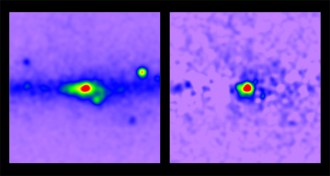 Cosmology
CosmologyGalaxy’s gamma-ray glow may expose dark matter
An excess of gamma rays at the center of the Milky Way could be a signature of dark matter.
By Andrew Grant -
 Quantum Physics
Quantum PhysicsRobert Redford film foretold Shor’s quantum computing bombshell
Twenty years ago, Peter Shor showed how quantum computers could break secret codes, turning the movie Sneakers from fiction to fact.
-
 Quantum Physics
Quantum PhysicsSmall step taken for quantum communication
A single atom can change the state of a photon, which may help build quantum networks.
-
 Physics
PhysicsMeet Big Bird, highest-energy neutrino ever detected
Big Bird, the neutrino, struck the Antarctic ice with a record 2 million billion electron volts of energy.
-

-
 Quantum Physics
Quantum PhysicsU.S. marches to tick of new clock
The atomic clock NIST-F2 has launched as the country’s official civilian time and frequency standard.
-
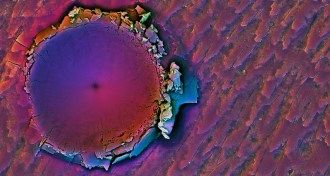 Materials Science
Materials ScienceOyster shells could inspire improved armor
Making tiny indentations in windowpane oyster shells has revealed some processes that could inspire better armor.
-
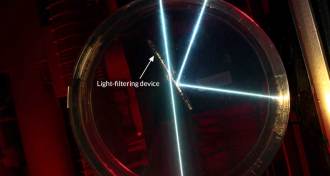 Materials Science
Materials ScienceLight filter lets rays through from only one direction
Angle-sensitive light filter could improve photography, telescopes and solar energy harvesting.
By Andrew Grant -
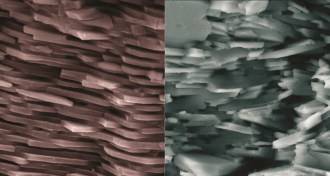 Materials Science
Materials SciencePearl coating inspires tougher ceramics
A material called mother of pearl, or nacre, has inspired the design of more durable, less brittle ceramics.
-
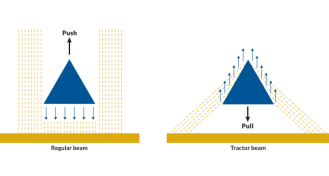 Physics
PhysicsA tractor beam reels in objects with sound
A tractor beam of focused sound waves has pulled on an object as large as a Toblerone chocolate bar.
By Andrew Grant -
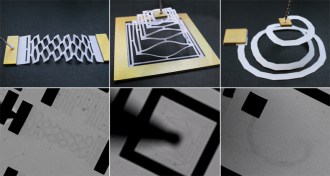 Materials Science
Materials ScienceWorld’s thinnest material stretches, bends, twists
Graphene, the thinnest known material at one carbon atom thick, can be manipulated under the microscope using tricks from a variety of paper-cutting origami called kirigami.
By Andrew Grant